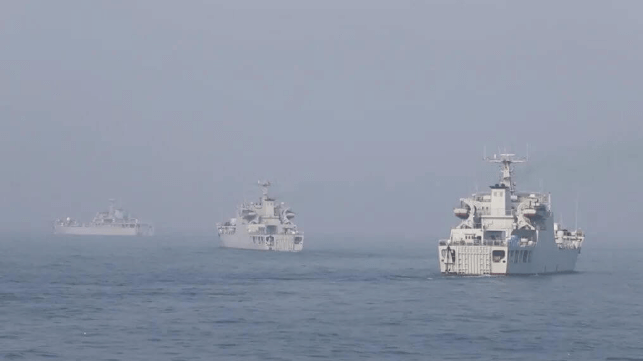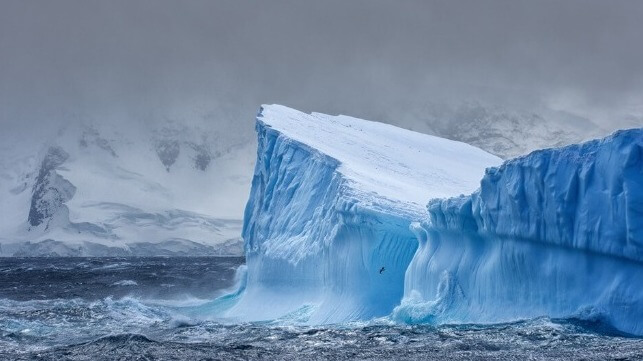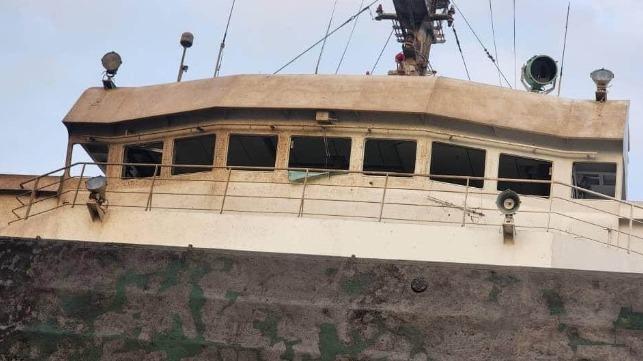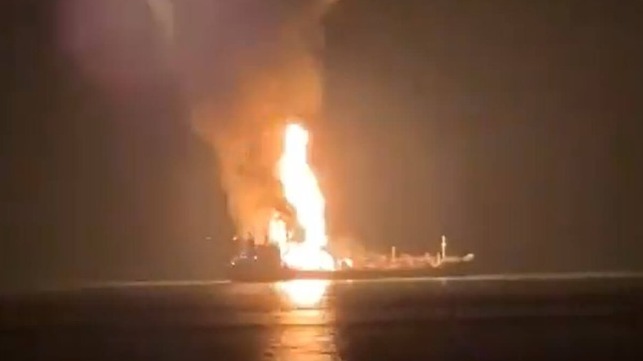Sexual Assault in the US Coast Guard
A Five-Decade Retrospective on Coast Guard SASH Reform

To better understand the history of sexual assault in the Coast Guard, I’ve spent the past couple of months creating a chronology. Using publicly available information from newspapers, an obituary, the Congressional Record, Good Order and Discipline Reports, Congressional testimony, and social media, I’ve created a 200-page document with 300 references and I’m still compiling information. My goal is for Coast Guard leaders and Congress to use this document to set a new course for the service.
Women were first admitted into the Coast Guard in 1976, and at the 1979 US Coast Guard Academy graduation, then-Secretary of Transportation Brock Adams made reference to the LCWB (Last Class With B__). Myrna Rottman, a USCGA faculty member, sent Adams a letter critiquing him for his speech. Per her obituary, Rottman then filed suit in the US District Court of Connecticut against the Academy's Superintendent and Commandant and the US Secretary of Transportation under Title VII of the Civil Rights Act of 1964. As shared in her obituary, the case resulted in the USCGA being required to offer mandatory sex discrimination training to all cadets and faculty. By including all of this information in her obituary, Rottman made sure that no one forgot her advocacy efforts and what triggered them.
According to newspaper reports, there were at least two rapes at the US Coast Guard Academy in the 1980s. One involved a foreign cadet who raped a female student in the fall of 1984. Per Academy officials, he was “quickly deported”. The second rape was referenced in a sex discrimination hearing wherein a witness testified that the female student was raped and then got an abortion paid for by the government. The 1980s ended with the Coast Guard chartering a study group to examine issues facing women in the Coast Guard.
The 1990s started with the release of the Women in the Coast Guard Study. Some individuals who participated in the study shared that women who filed formal grievances did not get promoted. Others shared that victims would be breaking the “code of silence” if they complained about sexual harassment or sexual assault.
Two years later, in 1992, the Culture and Climate Assessment of the US Coast Guard Academy was released. According to the study, 85% of the women at the school reported being sexually harassed.
Cadet Caitin Stopper Maro left the US Coast Guard Academy in February 2005 after accusing another cadet of sexual assault. Maro spoke with Congress in 2006 and then testified about the problems at the school in December 2023. The individual accused in the Stopper Maro case was not prosecuted.
School officials were notified of a rape in October 2005. The survivor was taken to civilian hospital and a rape kit was conducted. The individual accused of this rape was not prosecuted.
School officials prosecuted Webster Smith in the spring of 2006 and he was convicted of indecent assault. He was the first student at the US Coast Guard Academy to be court-martialed, and questions have been repeatedly raised about why earlier cases didn’t go to trial.
In the fall of 2006, Admiral Papp chartered a Coast Guard Academy study, Congress asked the GAO to study the progress made at the Coast Guard Academy in response to sexual harassment claims. Congress also directed the Coast Guard to develop policies on sexual harassment and violence at the school.
The next decade started with a mandated Congressional report. Per the Coast Guard Authorization Act of 2010, signed into law on October 15, 2010, the service was required to provide yearly updates to Congress on sexual assault. Admiral Papp launched a service-wide “Campaign to Eliminate Sexual Assault from Our Coast Guard” on March 26, 2013. Papp testified at a Senate hearing in June 2013 stating that “(w)e will insist that all of our Shipmates live by our Core Values. And let me be clear, there are no bystanders in the Coast Guard. Respect for our Shipmates demands that each of us have the courage to take immediate action…”
Admiral Zukunft started Operation Fouled Anchor in September 2014 and for the next five years the service investigated past crimes dating back to the 1980s. Zukunft told CNN that he had intended for the service to brief Congress on the investigation, but those briefings didn’t occur until CNN reported on OFA in June 2023.
It’s hard to condense fifty years into a brief essay, so my plan is to share the final chronology with Coast Guard leaders and Congress. I’m a Coast Guard veteran who wants her service to be successful, and a successful service is one that knows its history. My journey to collect and compile the history was supported by survivors and advocates, and I’m grateful for their support. Semper Paratus.
The opinions expressed herein are the author's and not necessarily those of The Maritime Executive.








